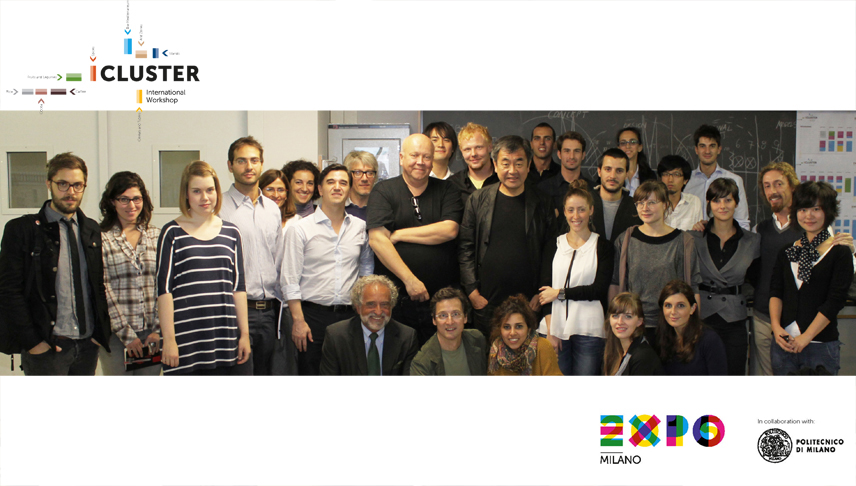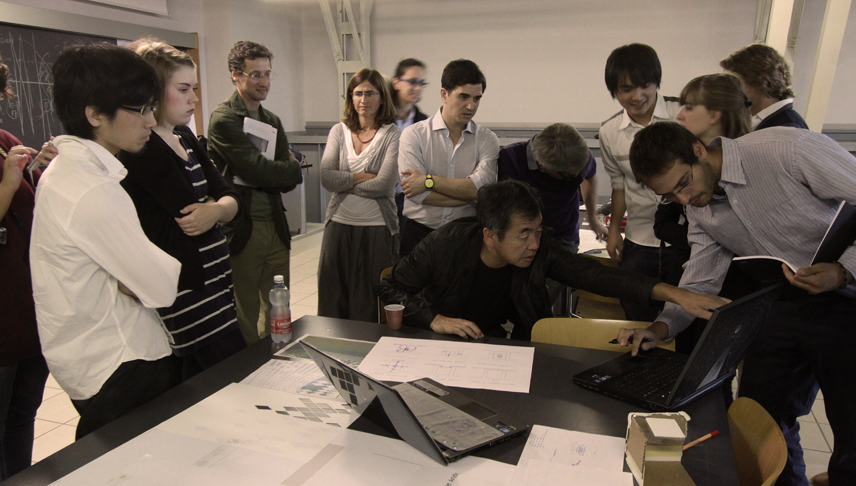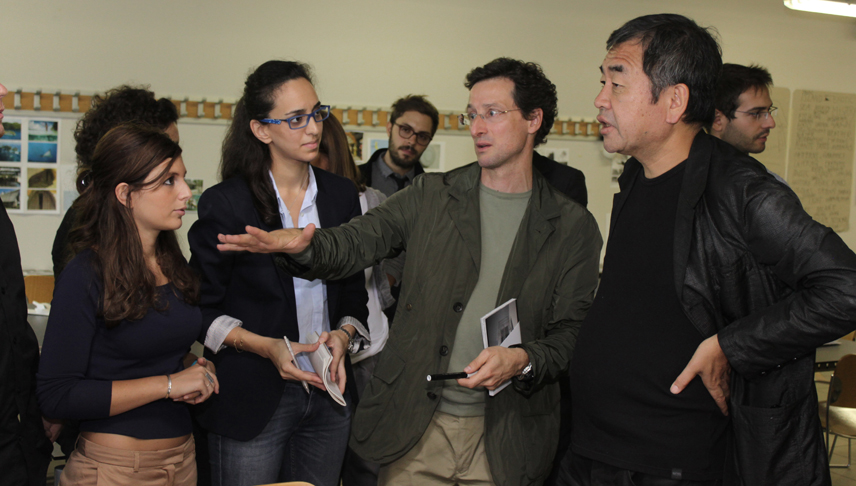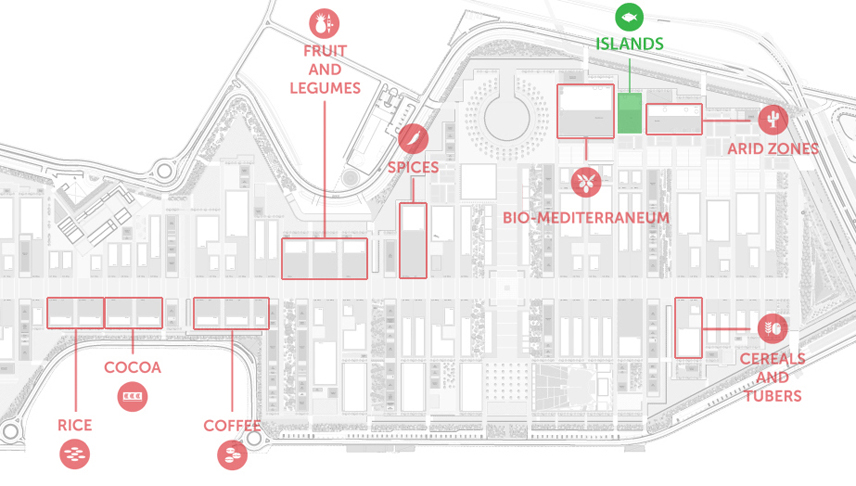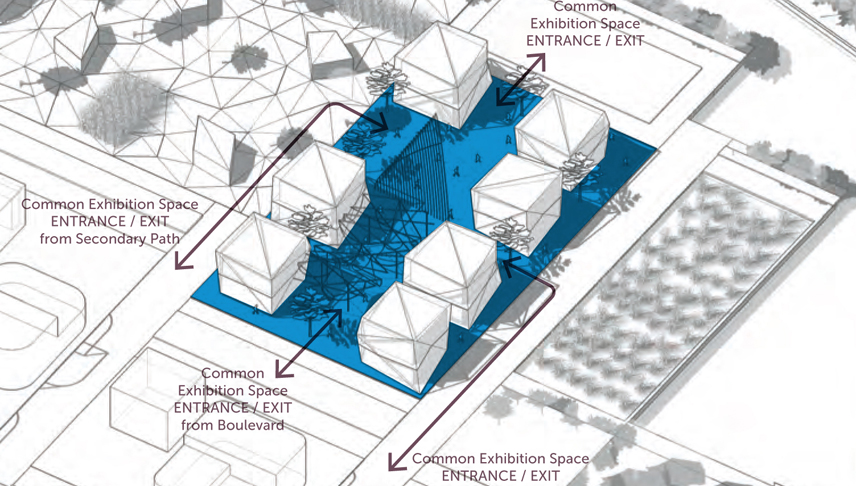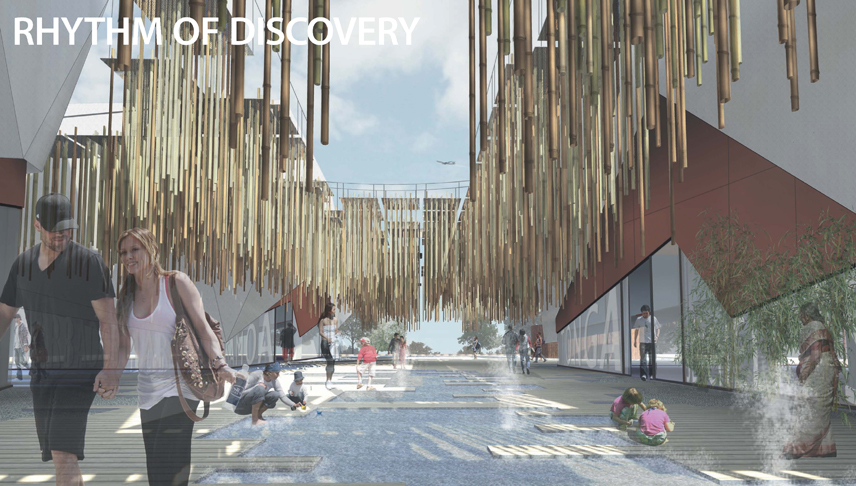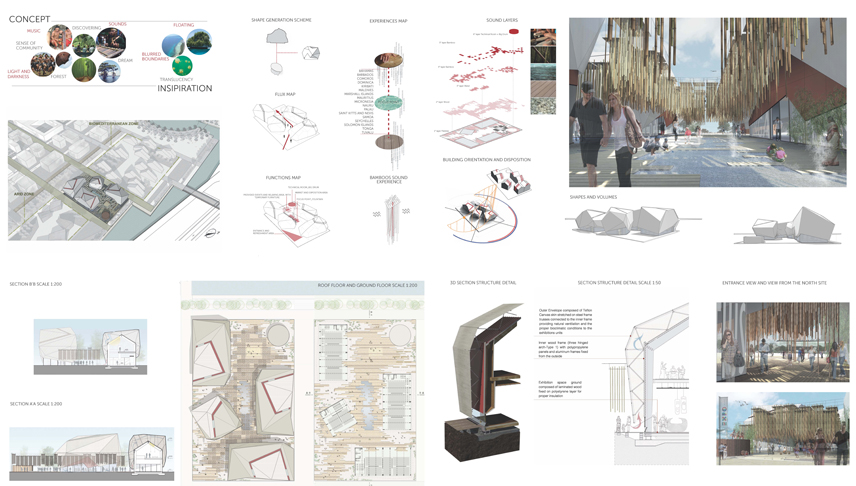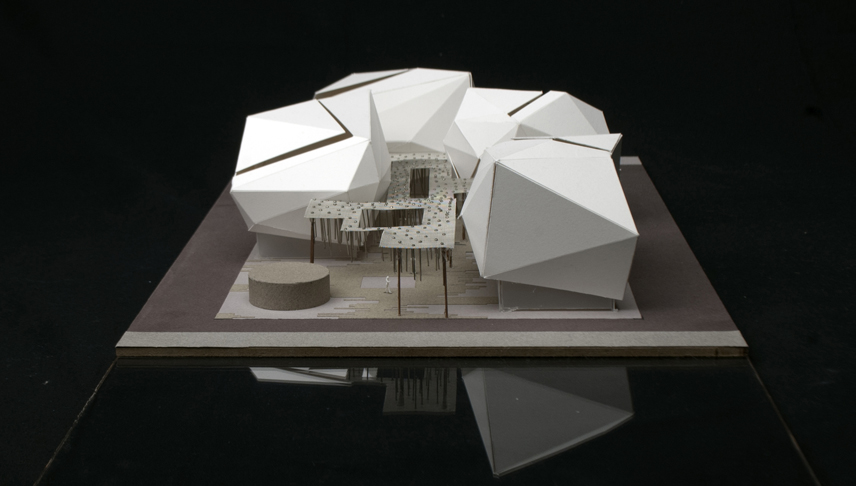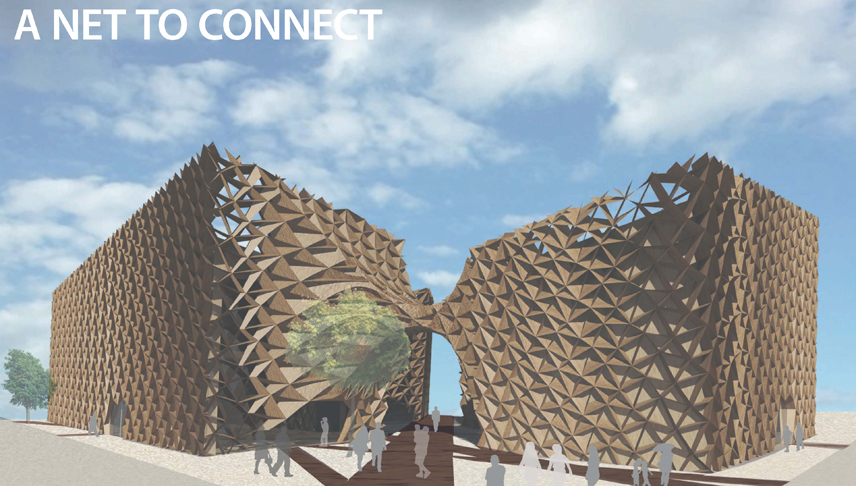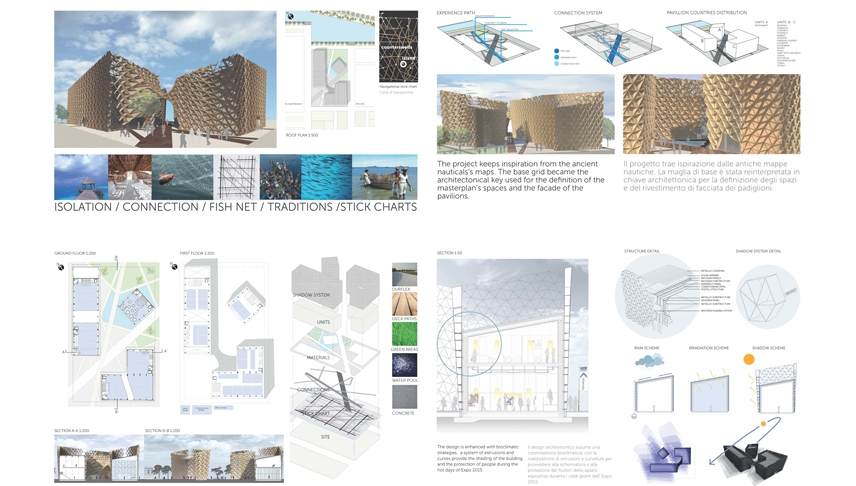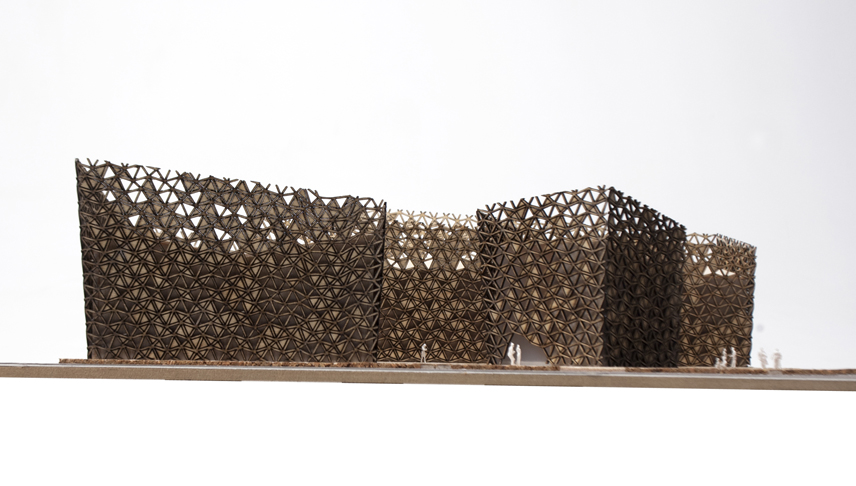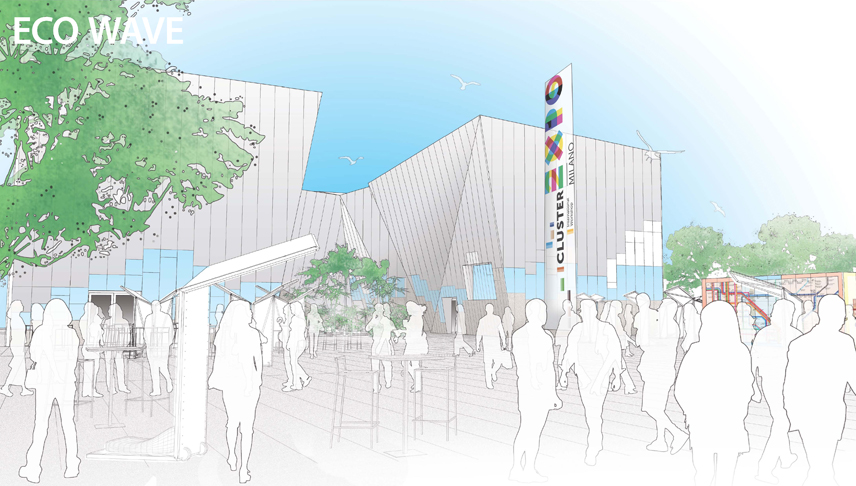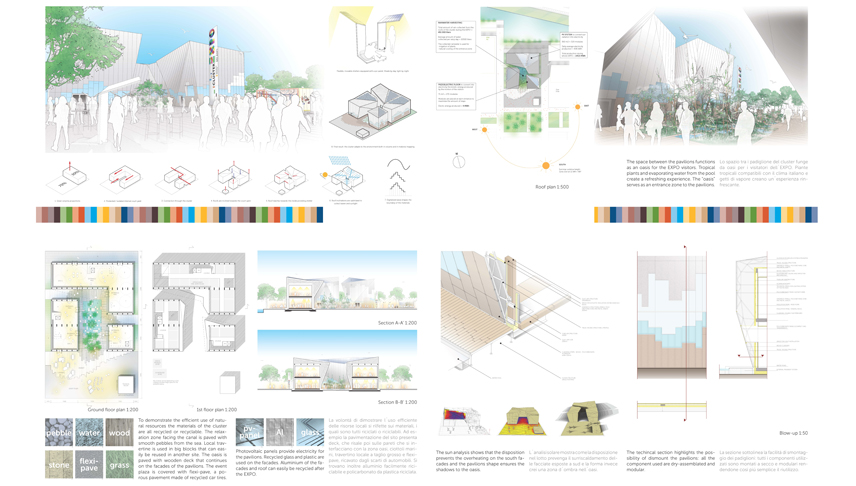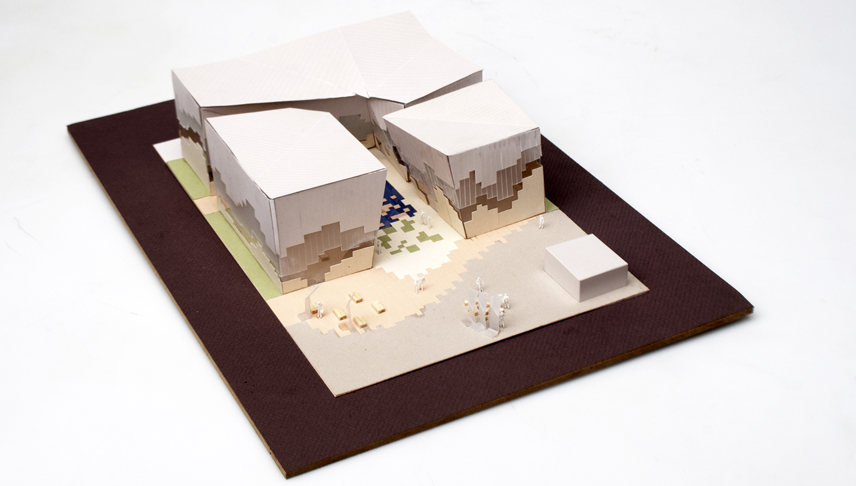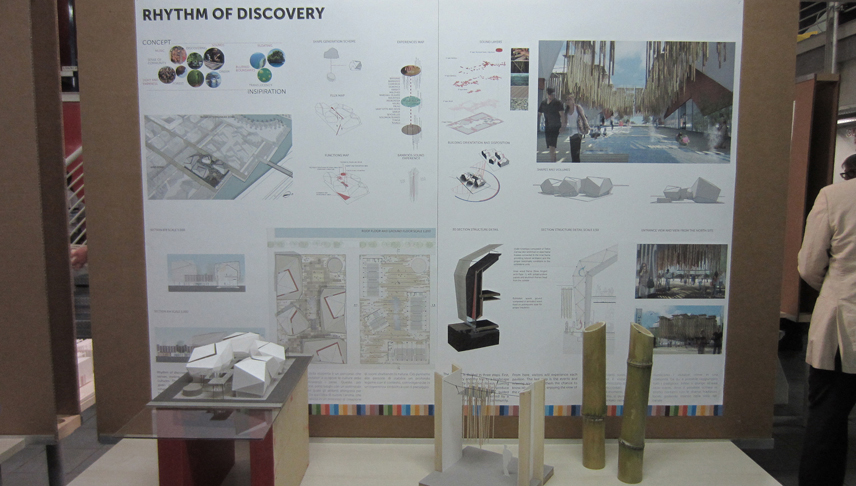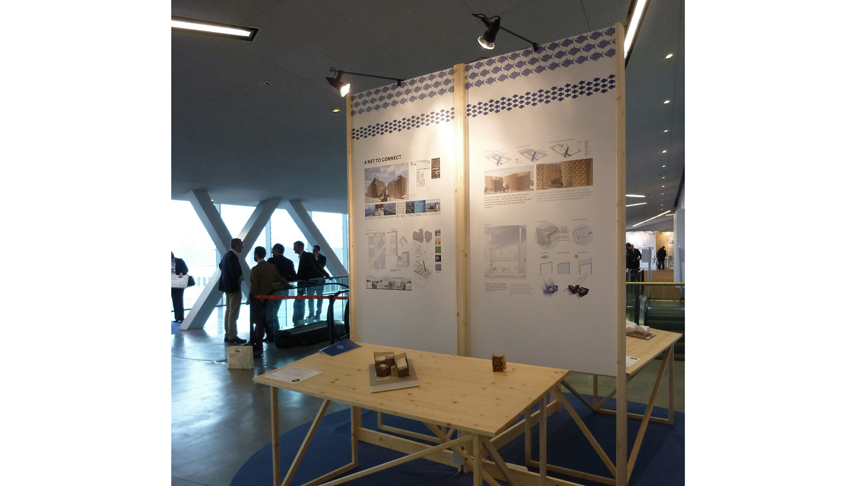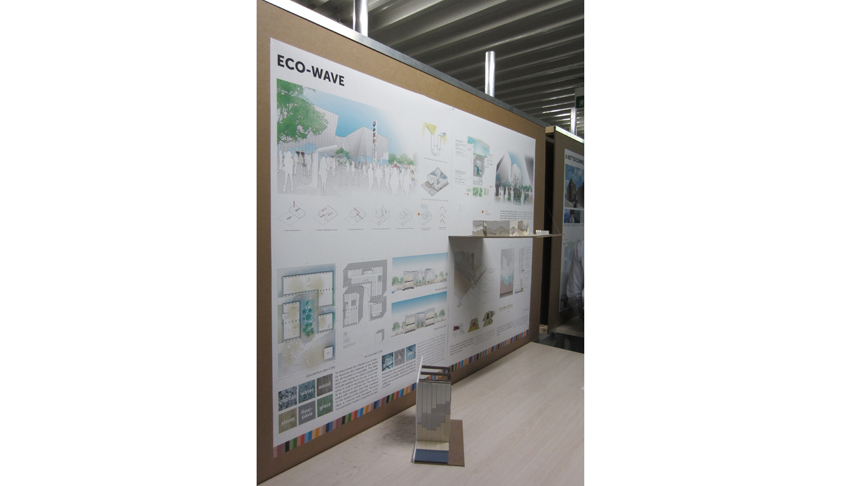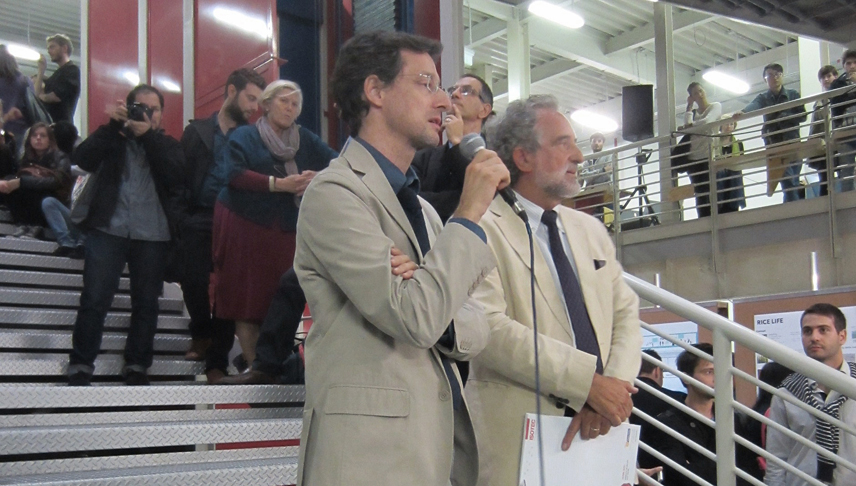“International Workshop Expo2015 Cluster Pavilion – ISLANDS, SEA AND FOOD”
With the special supervision of Kengo Kuma
See the workshop video here:
https://m.youtube.com/watch?v=
The idea for Expo Milano 2015 is to create an Expo in which every project, every exhibit, every element of the programming will be developed with the aim of putting the visitors and their experience of the event on centre stage.
The Clusters represent one of the most characteristic elements of Expo Milano 2015 and add value to the development of the Theme. These exhibition areas have never been seen before and will, above all, involve many Countries in one architectural project developed around a shared central theme to which each Country will make its own personal contribution.
The peculiarity of “Islands, Sea and Food” is that there is not a single nutrition theme (cocoa, coffee…) that would connect the pavilions and neither did the group know the amount or, even with certainty, the names of the participating countries at the moment of the workshop. Our information was that all islands would be located between the Tropics of Cancer and Capricorn, exotic and of small dimensions.
This discussion started with collecting materials (data and images) from the possible participating countries. Rather than the qualities or features of some individual island groups, students found the possibilities of living on an island in general as the starting point for their work.
Students from Politecnico di Milano (Italy), Aalto University (Finland), University of Tokyo (Japan), guided also by Atelier2 and with the special supervision of Kengo Kuma, have created three different concepts answering the general theme of the EXPO2015 -”Feeding the planet”- from the point of view of an islander and the life surrounded by salt water, perhaps rather isolated from the rest of the surrounding world.
The developed themes for the cluster ISLANDS, SEA AND FOOD were:
“Strengthening the community”, showing the possibilities of cultures of the islands; music, dances, rituals, stories and natural materials knowledge. This theme later had an architectural form in “RHYTHM OF DISCOVERY”.
“Living with the Ocean”, understanding the meaning of the long and difficult distances between the islands, living by fishing and collecting the nutrition from the sea. This concept later condensed into “A NET TO CONNECT”.
“Building a self-sufficient society”, emphasizing the possibilities of collecting energy, water and nutrition for the community as a means of survival. The group named its work “ECO WAVE”.
The groups have looked to a common cognitive horizon holding together the architecture and nature of different cultures and expressing a strong ecological approach through sustainable material choices and orientation of the seven pavilions according to the sun movement, rainfall data and the expected flow of the visitors of EXPO2015.
Out of competition, the Jury of the International Prize The Architecture of EXPO Milano 2015 Pavilions, decided to report the Cluster, as an expression of Expo Milano 2015 urbanistically, expressively and technologically.
Clusters received also a mention from Class Expo Pavilion Heritage Awards for best interpretation and communication of the theme of Universal Exhibition.
19 September – 8 October 2012
Professors
Marco Imperadori (Politecnico di Milano, Italy)
Esa Juhani Laaksonen (Aalto University, Finland)
Salvator-John A. Liotta (University of Tokyo, Japan)
Giuliana Iannaccone (Politecnico di Milano, Italy)
Coordinators and tutors:
Atelier 2
Paola Trivini
Arianna Brambilla
Marco Pesenti
Roberto Francieri
Michele Calzavara
Andrea Vanossi
Francesco Pittau
Students:
RHYTHM OF DISCOVERY
Marina Vitale
Zohreh Shaghaghian
Aya Mohamed Said Al Kadi Jazaierly
Eetu Jahannes Enqvist
Marco Merla
A NET TO CONNECT
Claudia Cristina Pollina
Cristina Pusceddu
Francisco Rodriguez Rolfi
Yuta Ito
Laura Kristina Euro
ECO-WAVE
Song Gao
Gabriele Sorrento
Ishihara Takahiro
Anna Elisabette Honkasalo
Elia Tomat
DETAILED PROPOSALS:
Atelier2 – Gallotti e Imperadori Associati – Milano
Salvator-John A. Liotta, University of Tokyo, Japan
STRUCTURAL CONSULTANT: Studio di Ingegneria G.P. Imperadori di Darfo B.T. (BS)
COLLABORATORS:
Andrea Vanossi, PhD Student Politecnico di Milano
Qi Yi, PhD Student Harbin University, China

